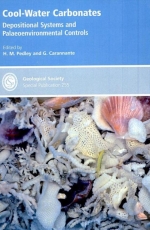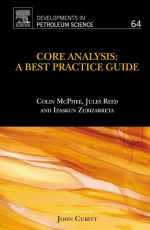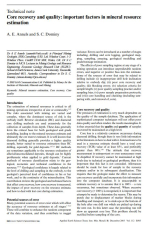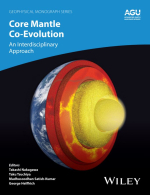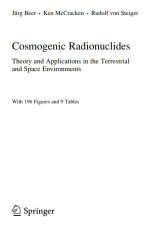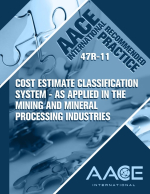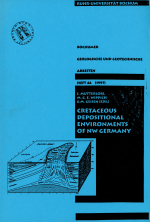15 outcrops exposing sediments of Early and Late Cretaceous age (Berriasian-Campanian) are described from the Subhercynian Basin (Quedlinburg-Blankenburg area) and the eastern part of Lower Saxony (Salzgitter-Hannover area). Apart from the bio- and lithostratigraphy, the fauna, flora, sedimentology, the palaeoenvironment and the regional position of these outcrops is discussed. New data and results going back to research performed from 1990 to 1996 are presented and sequence-stratigraphic models are proposed for some outcrops. Some of the microfauna and -flora and the macrofauna is documented by plates.
The following outcrops exposing sediments of Early Cretaceous age are described: the Obernkirchen Sandstone (Berriasian) at Munchehagen (No. 15), mid-Hauterivian sediments rich in ammonites near Resse (No. 13), pale-dark bedding rhythms of Late Hauterivian age near Frielingen (No. 14), Hauterivian iron ores of the Glockenberg section (No. 5) and clays of Barremian and Aptian age near Sarstedt (No. 9). Outcrops of sediments of Late Cretaceous age are: Hoppenstedt (No. 3), Vienenburg (No. 4), Baddeckenstedt (No. 6), and the HPCF II quarry at Misburg (No. 10), exposing the Cenomanian and Lower Turonian; the sediments exposed in the Salzgitter-Salder quarry (No. 7) are of mid-Turonian to Early Coniacian age, the Lehofsberg section near Quedlinburg (No. 1) is of mid-Coniacian age; shallow marine elastics of early Campanian age of the Subhercynian Basin are described from near Blankenburg (No. 2), marly and calcareous Campanian basinal sediments are exposed in the HPCF II (No. 10), Germania IV (No. 11) and Teutonia I (No. 12) quarries at Misburg.



